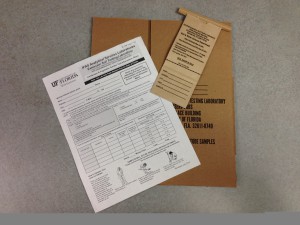Information on gardening practices is freely shared between gardeners and many times the good advice is helpful in plant selection and improving plant growth. There are some passed along practices that are not always suitable for every situation and gardeners may need to investigate a little deeper before implementing the good advice.
One common recommendation from gardeners is to apply Epsom salts to the soil to improve plant growth. Gardeners may have used Epsom salts for various plants in the garden and viewed plants that appear to grow better or have improved leaf color. Therefore a general recommendation to help others who have some general plant problems or off color leaves is to apply Epsom salts.
Before you apply Epsom salts to your garden, understand that it is an inorganic fertilizer, specifically magnesium sulfate. Plants make their own food but they derive most of their nutrients needed for important functions form the soil. Magnesium is one of the nutrients that is essential in photosynthesis. At times, our sandy soils may be lacking in nutrients but there may be plenty of nutrients available for plants.
The recommendation to apply Epsom salts may sound like a good idea but gardeners should always make sure that magnesium is needed before any applications. Too much magnesium in the soil can interfere with the uptake of other nutrients by plants. You could create more of a problem by indiscriminately applying Epsom salts when magnesium is not needed.
As you hear often from the University of Florida Extension, conduct a soil test before applying fertilizer to determine the major nutrient levels available in your soil. This $7.00 test will help you better manage plant nutrition. If you need assistance interpreting soil test results, contact your local county Extension office.
- Garden Spider Egg Sacs - October 23, 2025
- Saving Malabar Spinach Seeds - October 17, 2025
- Improve Butterfly Habitat with Trees - September 18, 2025

